News Desk
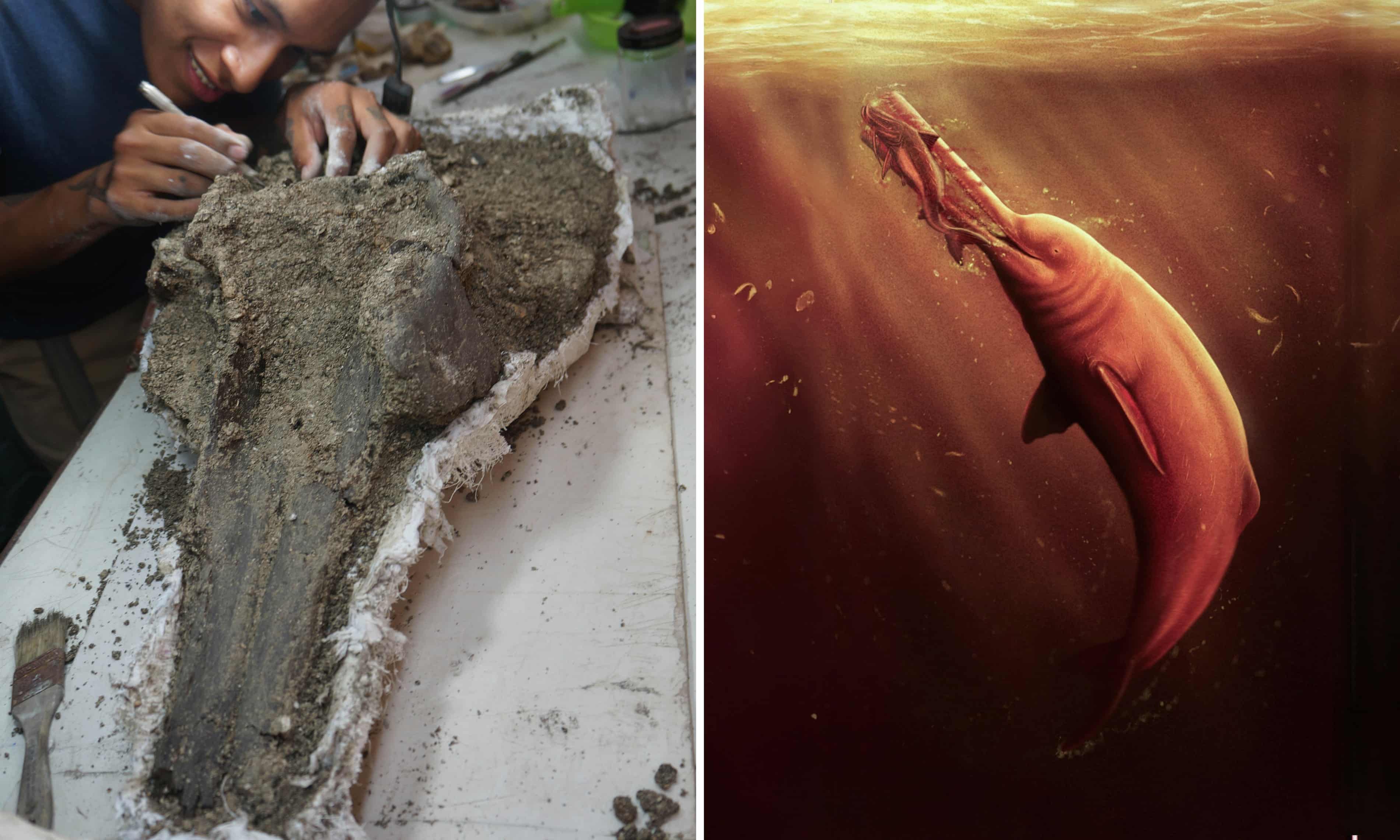
Scientists have discovered the fossilised skull of a giant river dolphin, from a species thought to have fled the ocean and sought refuge in Peru’s Amazonian rivers 16m years ago. The extinct species would have measured up to 3.5 metres long, making it the largest river dolphin ever found. See the study here.
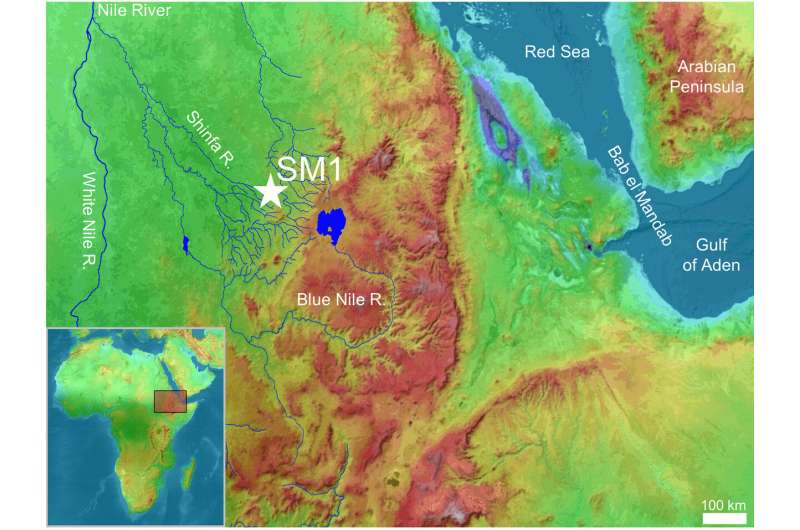
A new study published in Nature, suggests that humans also may have dispersed during arid intervals along “blue highways” created by seasonal rivers. Researchers also found evidence of cooking and stone tools that represent the oldest evidence of archery.

The excavation site is located at an industrial park near Magdeburg, the capital of the German state of Saxony-Anhalt. It includes a pair of 6,000-year-old “monumental mounds” that contain multiple burials, according to a statement from the State Office for Monument Preservation and Archaeology of Saxony-Anhalt.
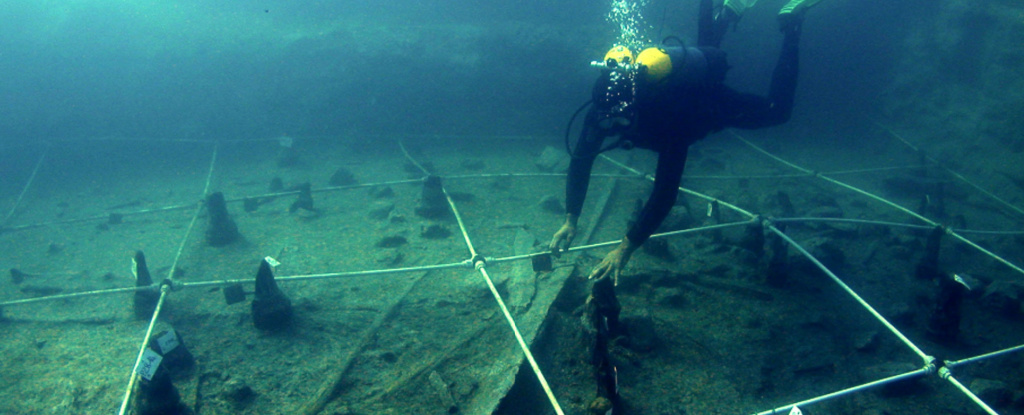
A team of researchers led by archeologist Juan Gibaja of the Spanish National Research Council has described a quintet of canoes dredged up from a Neolithic lakeshore village near Rome, Italy, that reveal the sophisticated boat-building techniques of seafaring communities in the region. The study has been published in PLOS ONE.
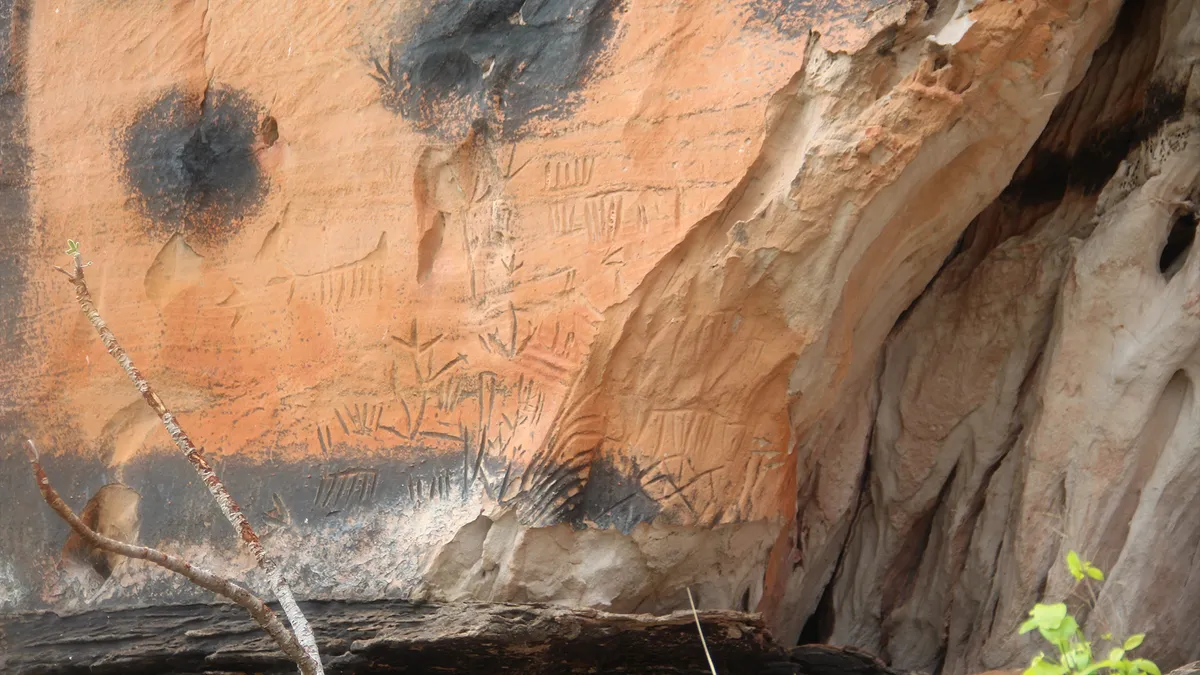
Brazilian archaeologists have discovered a vast number of 2,000-year-old rock carvings that depict human footprints, celestial-body-like figures, and representations of animals, such as deer and wild pigs.
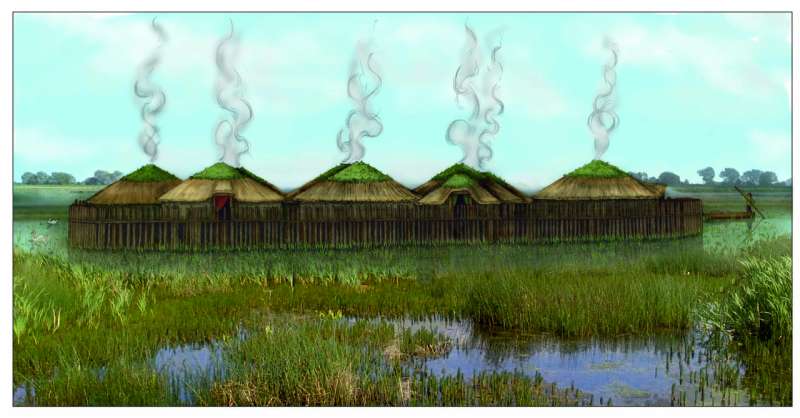
A major report on the remains of a stilt village that was engulfed in flames almost 3,000 years ago reveals in unprecedented detail the daily lives of England’s prehistoric fenlanders.
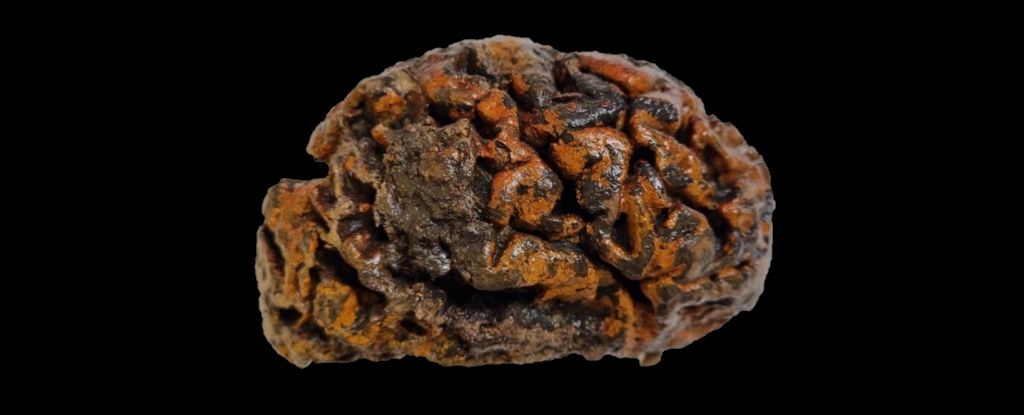
A new study has cataloged human brains that have been found on the archaeological record around the world and discovered that this remarkable organ resists decomposition far more than we thought – even when the rest of the body’s soft tissues have completely melted away.
A project to identify and map rock art sites in a long section of the River Murray in South Australia has resulted in an immediate call for greater understanding and protection of the region’s ancient Aboriginal heritage.
A recent study examined the role of patient expectations in influencing the outcomes of treatments with psilocybin, a psychedelic substance, compared to escitalopram, a widely prescribed antidepressant. Contrary to what some might expect, the study did not find a significant link between patients’ expectations and their actual responses to psilocybin therapy.

This year, the March equinox takes place on 20 March at 03:06 GMT. This means that in certain westward time zones, the equinox will actually fall on 19 March local time.

Archaeologists in France have excavated a Neolithic site containing 63 burials and hundreds of structures and artifacts from a human occupation spanning roughly 4,000 years.
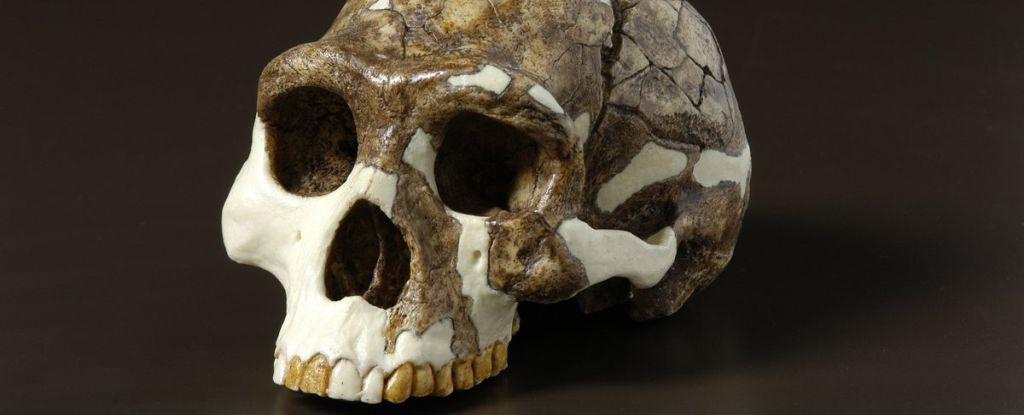
According to the results of a genomics study published last year, modern humanity’s ancestors were reduced to a breeding population of barely 1,300 individuals in a devastating bottleneck that brought us to the very brink of annihilation. Now, a new study has found that a mass migration of humans out of Africa occurred at the same time.
Sometimes, it takes the smallest thing to undertake a mammoth task. That’s what researchers behind the attempts to de-extinct the woolly mammoth are hoping as they announced what they believe to be a step forward in their efforts.
:format(webp)/cdn.vox-cdn.com/uploads/chorus_image/image/73211364/AP24062114153683.0.jpg)
Four years ago, the state decriminalized all drugs. Now it’s trying to course-correct — and might make a mistake in the process.
A recent study published in Scientific Reports reveals new insights into how psilocybin-assisted therapy modifies brain function in people with alcohol use disorder (AUD). These changes suggest a potential mechanism behind the therapy’s success and could point toward new avenues for treatment.

Sound waves fossilized in the maps of galaxies across the Universe could be interpreted as signs of a Big Bang that took place 13 billion years earlier than current models suggest. This research was published in The Astrophysical Journal.








